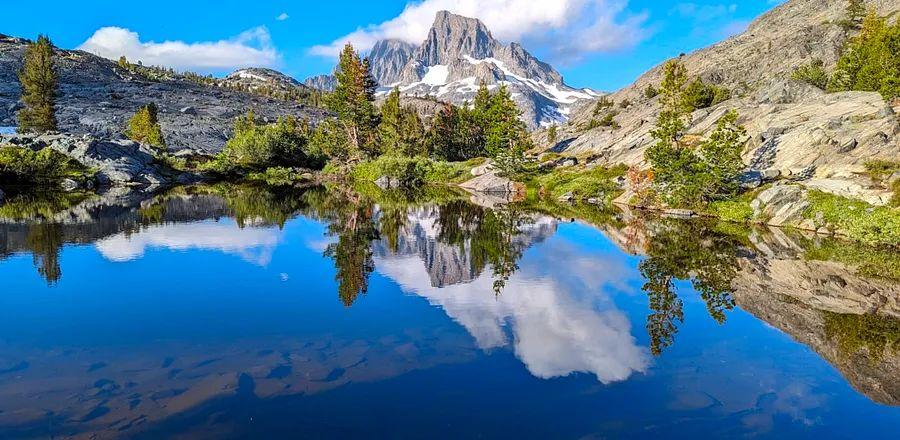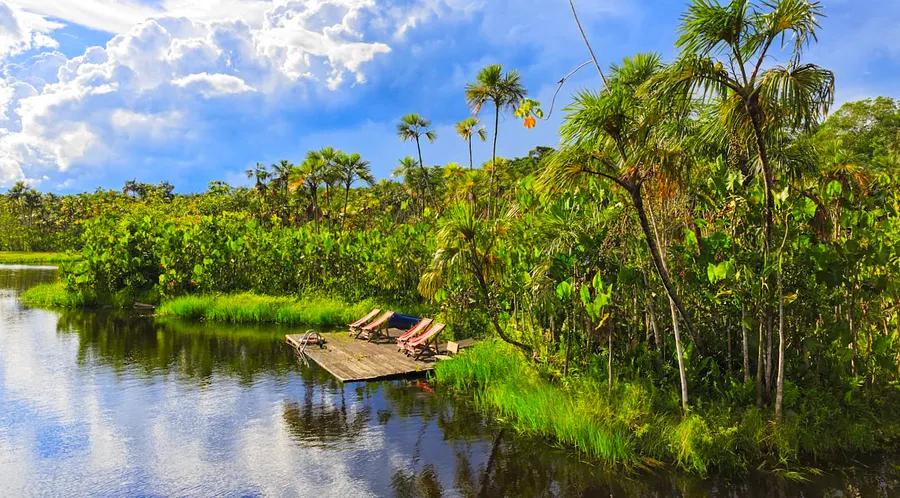This 200-Mile Hiking Trail in California Is Challenging to Access—But One Company Has Made It Significantly Easier

The John Muir Trail is frequently regarded as one of the top hiking destinations in the U.S., providing adventurers with a breathtaking 200-plus-mile journey along the Sierra Nevada mountain range. Named after the conservationist instrumental in establishing the National Park System, it extends from Yosemite Valley to Mount Whitney, the highest peak in the contiguous U.S. at 14,495 feet. Along the route, hikers will encounter majestic granite cliffs, shimmering alpine lakes, and meadows adorned with wildflowers.
However, enjoying the JMT requires overcoming the considerable challenge of obtaining the necessary permits. As part of the popular Pacific Crest Trail, it features a complicated lottery system with an under 2 percent chance of success. Fortunately, several new tours on the trail may allow hikers to hit the trails without needing to win the permit lottery.
Wildland Trekking, a small-group adventure travel company under the umbrella of Intrepid Travel, has just revealed four new itineraries for the JMT, ranging from four to 23 days. Two of these trips are backpack-only, while the other two are horse-supported; all four are now available for booking on Wildland Trekking’s website.
Scott Cundy, co-founder of Wildland Trekking, described these trips as “a truly turn-key experience,” adding that “the major advantage for guests is that they don’t have to worry about permits or menu planning or gear shopping. They simply need to show up.”
Here’s a summary of what guests can anticipate with each offering—beyond simply sidestepping the difficulties of obtaining a permit, of course.
For seasoned adventurers: Two demanding backpacking journeys
Kicking off in Mammoth and concluding in Bishop, California, the 23-day John Muir Trail Expedition Backpack trek (starting at $7,705) is described by Cundy as “the most strenuous trip we provide anywhere,” emphasizing that “participants must be both mentally and physically ready for it.”
In just over three weeks, hikers will navigate eight mountain passes, explore three national parks, and reach the summit of Mount Whitney. Daily distances can soar up to 13 miles, with elevation gains reaching 3,500 feet—all while carrying a backpack weighing over 45 pounds.
On the other hand, the John Muir Trail: Florence Lake to Yosemite option (starting at $4,995) is a 12-day hike that begins around the trail's midpoint. Although shorter, it still presents demanding days in terms of daily mileage and elevation gains. Guests will confront several challenging mountain passes before descending into Yosemite National Park.

Courtesy of Wildland Trekking
For hikers: Two trips with horse support
The name says it all for this seven-day adventure: Mount Whitney Ascent with Horsepack Support (starting at $5,380). While guests will need to hike up to 16 miles each day and ascend as much as 4,270 feet to reach the summit, they’ll receive assistance from horses that carry the bulk of the heavy gear and equipment. Guests will only need to carry their clothing layers, rain gear, and snacks.
“These days will still involve significant hiking and elevation changes, but with a much lighter backpack, it truly makes it accessible to a broader range of abilities,” Cundy noted.
Lastly, for outdoor enthusiasts who are new to overnight excursions (or pressed for time), the four-day John Muir Trail: Agnew Meadows to Tuolumne Meadows (starting at $2,830) is an ideal choice. Daily hiking distances vary from six to ten miles, with a maximum elevation gain of 2,200 feet. However, since the trip is horse-supported, guests only need to carry a daypack while they trek through the Ansel Adams Wilderness. They will connect with the JMT at Thousand Island Lake and follow the Donahue Pass into Yosemite for some subalpine hiking.
Horse-supported excursions are capped at 12 guests, while backpacking trips are limited to 13. Each hike includes three meals daily, featuring everything from pasta to fajitas, all prepared from scratch using fresh, local ingredients (no MREs here). Wildland Trekking also supplies all necessary camping equipment, including tents, sleeping bags, sleeping pads, and hiking poles. Hikers on longer journeys are expected to carry all their gear, along with some food. All guests must provide their own clothing, footwear, and water bottles.
Each trip is led by at least one, if not two, guides who take care of logistics, administer first aid, and handle cooking duties. Guides also share their knowledge about the landscapes the group is traversing.
“I believe that the educational component is crucial for enhancing guests’ enjoyment of a trip,” Cundy remarks. “Gaining insight into the geology and tectonic shifts that shaped the Sierras, learning about local wildlife, and discovering which plants have medicinal properties—this all significantly enriches the experience.”

1

2

3

4

5
Evaluation :
5/5